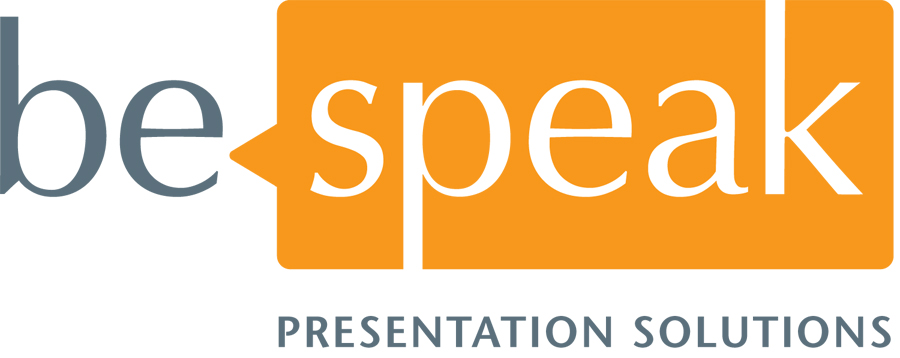PowerPoint doesn’t ruin presentations; Presenters do.
That’s right. PowerPoint gets an
endlessly bad wrap, but let’s be honest – the software can’t create slides on
its own. Presenters do that, and
unfortunately, most of us do it badly.
Here are the five biggest PowerPoint crimes. Stop committing them and
you’ll be heard!
Crime #1: Filling
your slides with lots and lots of text.
I know, I know, you have to put all of the information on the slide so
that your audience will know it.
Here’s the thing; audiences read and listen with the same side of their brains. So when you put a slide up on the screen that
forces them to read, you’re requiring that they make a choice. They are either going to read or listen. They cannot do both at the same time. Thus, they’ll do one of three things: they’ll
ignore you and read the screen (making you superfluous), ignore what’s on the
screen and listen to you (making your slides superfluous), or read the screen
as quickly as they can and then listen to you (at which point you’ll have been
talking and they’ll be lost.) none of these scenarios maximize understanding
for the audience.
Instead of lots and lots of text, how about a graphic that
shows what you’re telling? How about
a chart or graph? Maybe even an evocative photo? Something that visually
reinforces what you’re talking about will not only help your audience
understand it, it will increase their remembering of it.
Crime #2: Reading the lots and lots of text you’ve
put on your slides. News flash: YOUR AUDIENCE CAN READ. They don’t need you
to read the slides to them. (And they can read somewhere between 7-10 times
faster than you can read it to them, so…) If you have all of the information
you’re going to present on your slides, do your audience a favor – email them
your slide deck and let them read it themselves at their convenience. Let’s not drag a group of people into a room
to watch you read slides aloud. Don’t they have better things to do?
Crime #3: NOT being
a control freak. Yes, you read that right.
When it comes to PowerPoint slides (or any visual) you want to control
when and how the audience sees the information. You want to give them
information to look at one bit at a time.
If you put up a slide with lots to look at, who knows where they’ll look
first, or for how long? Instead, make good use of the animation tool in
PowerPoint to control what they see and when.
Crime #4: Making it fancy. When it comes to PowerPoint
slides, plain is better. NOT
uninteresting; your slides should be visuals that provoke thought and interest.
By plain, I mean they shouldn’t be wild colors that don’t match your brand, you
shouldn’t use every kind of image known to man; a photo here, a drawing there,
clip art (ick) anywhere… Your slides should not bounce in, or checkboard in, or
zoom in. Fonts should be sans serif
(like this one) not serif (like
this one).
Crime
#5: Cramming too much on one slide: I’m
asked all the time, “How many slides should I have in a 20 minute presentation?”
My answer is, “As many as you need to illustrate your important points.” More
important than your number of slides is your number of big ideas per slide. Think
ONE: one big idea per slide. Sometimes we have to make a slide look like it’s
building when PowerPoint’s software won’t do it for us by creating multiple slides. Who cares?
The audience only sees it as one slide that’s building information in a
way that’s easy for them to digest.
Take
a good look at your slide decks. Are you
committing any of these PowerPoint crimes? If you are, I implore you cease and desist
immediately. I promise you and your
audience will have a much better experience.
And you’ll be heard.




